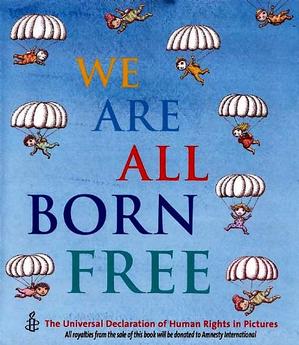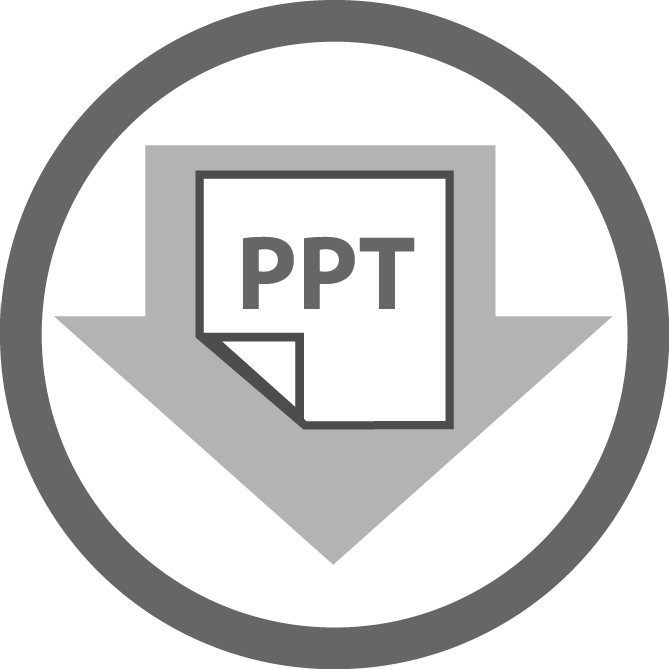 by Harper Lee
by Harper Lee
This beautiful commemorative edition celebrates each declaration with an illustration by an internationally renowned artist or illustrator.
Strategies/Skills Used
Reading Strategy 1: Access background knowledge.
Reading Strategy 3: Figure out unknown words.
Reading Strategy 4: Self-monitor and self-correct.
Reading Strategy 6: Connect what you read with what you already know.
Reading Strategy 7: Determine the most important ideas and events and the relationship between them.
Reading Strategy 8: Extract information from text, charts, graphs, maps and illustrations.
Reading Strategy 12: Reflect and respond.
Writing Skill 2: I organize my ideas based on my purpose for writing.
Writing Skill 3: I use a variety of sentence lengths and patterns.
Writing Skill 4: I write so my thoughts flow smoothly and are easy to read.
Writing Skill 5: I carefully choose the most effective words to express my ideas.
Writing Skill 6: I choose the tone and point of view that suit my writing purpose.
Writing Skill 7: I use my personal style to make my writing unique.
 TEACHING THE ACTIVITY: PRE-READING
TEACHING THE ACTIVITY: PRE-READING
(1) Read We Are All Born Free: The Universal Declaration of Human Rights in Pictures aloud, projecting images from the book using a document camera.
 (2) Hand out or read off the projector the original declaration published on the UN website and discuss the difference in how the articles were originally written and how they are interpreted in the picture book.
(2) Hand out or read off the projector the original declaration published on the UN website and discuss the difference in how the articles were originally written and how they are interpreted in the picture book.
(3) Ask students to choose an article from the declaration and conduct internet research based on that particular human right. Students should find an example (past or present) in which that human right has been violated.
(4) Have students complete the Summarizing Text activity using key words from both their article and their internet research.
(5) Instruct students to take the ideas they have developed and represent them visually. The class’ combined visuals will make an original version of We Are All Born Free.
 TEACHING THE ACTIVITY: DURING READING
TEACHING THE ACTIVITY: DURING READING
(6) Hand out sticky notes, and ask students to identify passages in To Kill A Mockingbird where a character could have benefitted from a specific human rights article, using the Bookmark instructional strategy.
(7) Post human rights article visuals around the classroom and have students go on a Gallery Walk and discuss the images they see.
(8) Ask students to transfer their sticky notes from their texts to the wall, surrounding the visual that represents the appropriate human rights article.
(9) Have the class identify the most prominent human rights article and discuss how it is still relevant today.
(10) Point out any human rights articles that don’t seem to be prominent in the novel, and ask why they are not as significant.
 TEACHING THE ACTIVITY: POST-READING
TEACHING THE ACTIVITY: POST-READING
![]()
 (11) Introduce Persuasive Writing Techniques by showing the PowerPoint and distributing the accompanying handout.
(11) Introduce Persuasive Writing Techniques by showing the PowerPoint and distributing the accompanying handout.
(12) Watch the movie Thank You for Smoking or a clip from the TV series Mad Men, and have students take notes, identifying the persuasive techniques used.
(13) Assign groups of two or three students, and give each group a specific persuasive technique to use to complete The Pitch activity.
(14) Share advertisements with the class.
![]() (15) Ask students to review the Universal Declaration of Human Rights choose an article they believe to be most relevant today. Students should write a persuasive essay using the Persuasion Planner Graphic Organizer, explaining why a particular human rights article is still relevant today.
(15) Ask students to review the Universal Declaration of Human Rights choose an article they believe to be most relevant today. Students should write a persuasive essay using the Persuasion Planner Graphic Organizer, explaining why a particular human rights article is still relevant today.